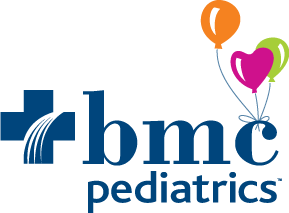“Recent surveys suggest that many parents are using illicit cannabis extracts in the hope of managing seizures in their children with epilepsy. In the current Australian study we conducted semi-structured interviews with families of children with diverse forms of epilepsy to explore their attitudes towards and experiences with using cannabis extracts.
Contrary to family’s expectations, most samples contained low concentrations of cannabidiol, while Δ9-tetrahydrocannabinol was present in nearly every sample. These findings highlight profound variation in the illicit cannabis extracts being currently used in Australia and warrant further investigations into the therapeutic value of cannabinoids in epilepsy.
The phenomenon is not without supporting scientific evidence. Many preclinical studies have identified potent anticonvulsant effects of various cannabinoids in animal models of epilepsy, and a mechanistic understanding of such effects is emerging.
A considerable proportion of families reported cannabis extracts being “effective” in reducing their child’s seizure burden and improving their overall condition, with one family reporting seizure-freedom in their child for at least 12 months. Over half of the cannabis extracts were associated with families reducing or ceasing their use of the child’s conventional antiepileptic drugs.”
https://www.nature.com/articles/s41598-018-28127-0








